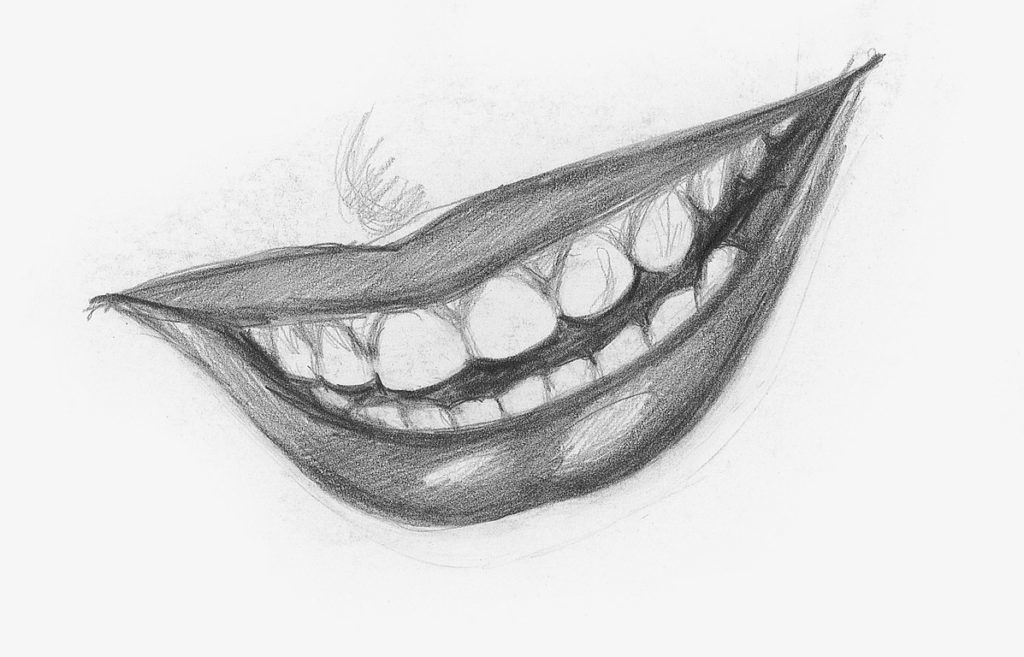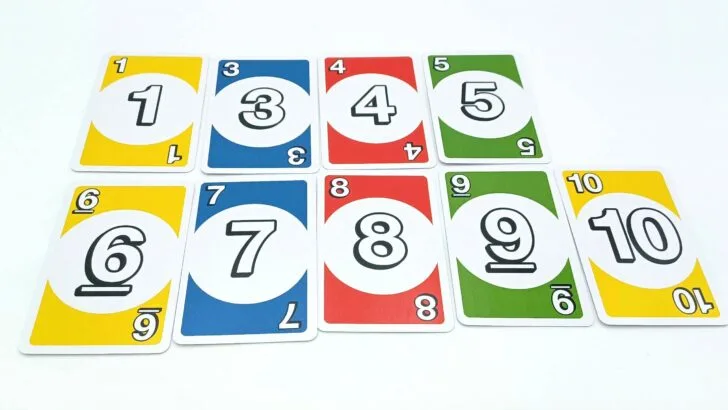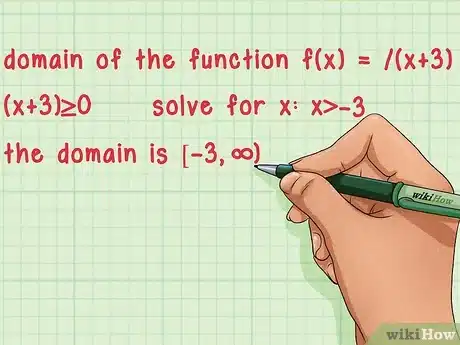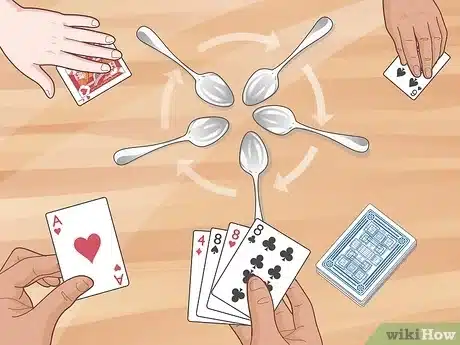The human mouth is a versatile instrument of communication and expression that plays a pivotal role in shaping our perception of emotions and conveying a range of feelings. Whether it’s a playful grin, a determined pout, or a contemplative purse, the mouth speaks volumes about our inner state. Learning how to draw a mouth on paper requires a keen understanding of its anatomy, proportions, and nuances that convey a spectrum of emotions.
In this article, we will discuss the art of drawing the mouth, providing aspiring artists with the techniques and insights necessary to bring this dynamic facial feature to life.
Table of contents
- Understanding the Mouth’s Anatomy and Proportions
- How Do I Capture the Essence of Emotions Through the Mouth?
- What are the Techniques for Drawing Realistic and Expressive Mouths?
- How Can Artists Effectively Capture These Age-Related Changes In Their Drawings?
- How Do Cultural And Social Norms Influence The Portrayal Of The Mouth In Art?
- How Can I Use Light And Shadow To Create Depth When Drawing The Mouth?
- How Can I Incorporate Different Drawing Mediums To Achieve Effects And Styles?
- How Can I Utilize The Mouth As A Focal Point To Establish A Mood In Their Drawings?
- How Can I Use The Mouth To Explore Personal Experiences And Emotions In Their Drawings?
- FAQs
- Conclusion
- References
- Recommendations
Understanding the Mouth’s Anatomy and Proportions
1. The Basic Structure:
The mouth, situated beneath the nose and above the chin, comprises several key components: the upper and lower lips, the corners of the mouth (oral commissures), and the philtrum, a vertical groove that runs from the tip of the nose to the upper lip.
2. Proportional Relationships:
The width of the mouth typically equals the distance between the outer corners of the eyes. The upper lip is generally thinner than the lower lip, and the corners of the mouth tend to align with the pupils when the face is at rest.
3. Individual Variations:
Mouth shapes vary significantly among individuals, influenced by factors such as genetics, facial structure, and personal expressions. Understanding these variations is crucial for creating realistic and expressive drawings.
You can also read: How to Draw Godzilla: Iconic Creature Illustration Skill
How Do I Capture the Essence of Emotions Through the Mouth?
1. A Spectrum of Expressions:
The mouth is capable of conveying a wide range of emotions, from happiness and sadness to surprise and anger. Each emotion manifests in unique ways, affecting the shape, curvature, and positioning of the lips.
2. Subtle Cues and Nuances:
The interplay between the mouth and surrounding facial features, such as the eyes, eyebrows, and cheeks, further enhances the expression. Subtle cues like the lifting of the corners of the mouth or the lowering of the eyebrows convey specific emotions.
3. Practice and Observation:
Studying facial expressions in real life and referencing photographs can help artists develop a keen eye for the subtle cues that convey emotions through the mouth.
What are the Techniques for Drawing Realistic and Expressive Mouths?
1. Start with Simple Shapes:
Begin by sketching the mouth using basic shapes like ovals or rectangles to establish its overall form and proportions.
2. Refine the Lines and Curves:
Gradually refine the lines and curves, adding details like the philtrum, the corners of the mouth, and the creases of the lips.
3. Shading and Texture:
Incorporate shading and texture to create depth and dimension. Use varying pencil grades to create highlights and shadows, adding subtle lines to depict the skin’s texture.
4. Emphasize Emotionally Relevant Features:
When conveying specific emotions, accentuate the features that most prominently express that emotion. For instance, enlarge the smile lines for happiness or deepen the frown lines for sadness.
5. Practice Regularly:
Regular practice is essential for mastering the art of drawing the mouth. Experiment with different expressions and observe how the mouth changes in each scenario.
Read also: How to Find Average Rate of Change: Calculus Concept Simplified
As we age, the mouth undergoes noticeable changes, including the thinning of the lips, the appearance of wrinkles around the mouth, and a slight downward turn of the corners of the mouth. Capturing these age-related changes requires careful observation and attention to detail. Artists can use subtle changes in line weight, shading, and texture to depict the effects of aging on the mouth, creating a more realistic and nuanced representation.
The portrayal of the mouth in art varies significantly across cultures and time periods, reflecting prevailing cultural norms, societal expectations, and artistic styles. In some cultures, the mouth is depicted with exaggerated features or stylized expressions to convey specific emotions or cultural symbols. In other cultures, a more realistic representation of the mouth is emphasized, reflecting a focus on individual expression and realism.
How Can I Use Light And Shadow To Create Depth When Drawing The Mouth?
Light and shadow play a crucial role in creating depth, dimension, and realism in drawings of the mouth. Artists can strategically use shading to highlight the contours of the lips, create shadows beneath the nose and chin, and add subtle highlights to define the texture of the skin. Understanding the interplay of light and shadow is essential for creating a three-dimensional representation of the mouth.
How Can I Incorporate Different Drawing Mediums To Achieve Effects And Styles?
Different drawing mediums offer unique properties that can be exploited to achieve diverse effects and styles in portraits. Charcoal, with its ability to create bold lines and expressive textures, is well-suited for capturing the expressiveness of the mouth. Pastels, with their soft blendability and vibrant colors, can create a more sensual and delicate representation of the lips. Digital tools, on the other hand, offer a wide range of brushes, textures, and blending options, allowing for experimentation and the creation of stylized or hyperrealistic renderings of the mouth.
See How to Make a Tree in Little Alchemy: Creative Genius in Game Crafting
How Can I Utilize The Mouth As A Focal Point To Establish A Mood In Their Drawings?
By strategically positioning the mouth within the composition and using contrasting colors or techniques to draw attention to it, artists can effectively make the mouth the focal point of their drawings. This technique can be used to guide the viewer’s attention, establish a mood or atmosphere, and convey the central message or emotion of the artwork.
How Can I Use The Mouth To Explore Personal Experiences And Emotions In Their Drawings?
The mouth, as an expressive feature that conveys emotions and communicates ideas, can be used by artists as a powerful tool for social commentary or to explore personal experiences and emotions. By depicting the mouth in various states of expression, such as a silent scream or a suppressed smile, artists can evoke strong emotions and challenge viewers to reflect on social issues or personal struggles.
Read also: How to Divide Fractions with Whole Numbers: Mathematical Problem-Solving Skill
FAQs
Improper Proportions: Ensure the mouth’s width and position relative to other facial features are accurate.
Neglecting Emotions: Strive to capture emotional expression through subtle changes in lip shape, curvature, and positioning.
Overly Stylized Features: While stylization is permissible, maintain a balance between stylization and retaining the mouth’s natural form.
Exaggerate Emotions: Slightly exaggerate the facial expressions to make them more impactful.
Study Facial Anatomy: Understand the underlying muscles and structures that contribute to facial expressions.
Reference Real-Life Expressions: Observe and sketch people’s expressions in real life to capture natural variations.
Caricatures: Emphasize and exaggerate the mouth’s features for a humorous effect.
Cartoons: Use simplified shapes and bold outlines to create a playful and expressive style.
Hyperrealism: Focus on capturing every detail and nuance of the mouth, creating an almost lifelike image.
Online Tutorials: Numerous online tutorials provide step-by-step instructions and tips for drawing expressive mouths.
Reference Books: Anatomy books and facial expression guides offer detailed insights into the structure and expressions of the mouth.
Drawing Classes: Enrolling in drawing classes can provide personalized feedback and guidance from experienced instructors.
Conclusion
The mouth is a dynamic and expressive feature of the human face that holds immense artistic potential. Capturing its nuances and conveying the spectrum of emotions it portrays requires a blend of understanding, practice, and creativity. Remember, drawing is a process of continuous learning and refinement. Embrace the challenges, experiment with different techniques, and never stop observing and practicing.
References
- artistsnetwork.com – A Beginner’s Guide to Drawing Facial Features
- 21-draw.com – How to Draw Facial Features






